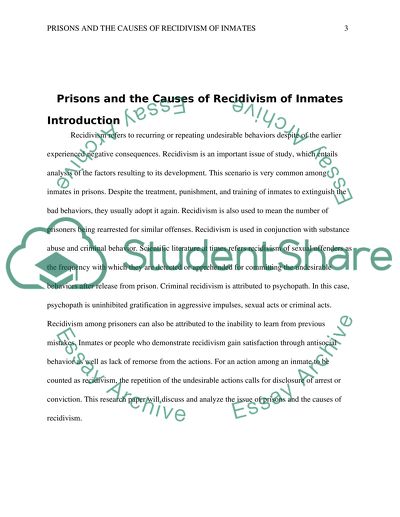Cite this document
(“Prisons and the causes of recidivism of inmates Research Paper”, n.d.)
Retrieved from https://studentshare.org/sociology/1483113-prisons-and-the-causes-of-recidivism-of-inmates
Retrieved from https://studentshare.org/sociology/1483113-prisons-and-the-causes-of-recidivism-of-inmates
(Prisons and the Causes of Recidivism of Inmates Research Paper)
https://studentshare.org/sociology/1483113-prisons-and-the-causes-of-recidivism-of-inmates.
https://studentshare.org/sociology/1483113-prisons-and-the-causes-of-recidivism-of-inmates.
“Prisons and the Causes of Recidivism of Inmates Research Paper”, n.d. https://studentshare.org/sociology/1483113-prisons-and-the-causes-of-recidivism-of-inmates.


